Liberal capitalism only exists in the textbooks
We are dealing with global monopoly capitalism that is trying to enslave and kill us
I. First principles
Capitalism moves through predictable stages.
The tendencies and dynamics that characterize early stage capitalism do not necessarily apply to mature and late stage capitalist countries.
Too often economists make the mistake of modeling early stage capitalism that does not exist in the real world anymore or idealized capitalism that never existed.
Today the developed world in general and the United States in particular are characterized by late stage monopoly capitalism that has all of the hallmarks of fascism.
So we must continually shift our thinking from the economic textbooks, that are now largely irrelevant, to explaining the world as it actually is (which is terrifying).
II. Early stage capitalism and the tendency of the rate of profit to fall
We need to talk about the “tendency of the rate of profit to fall.” Adam Smith first described the idea in Wealth of Nations (chapter 9) and it was further developed by John Stuart Mill, David Ricardo, and Karl Marx who all observed this trend in their own eras.
The theory is pretty straightforward — in liberal capitalist economies the rate of profit for invested capital tends to fall over time. There might be many reasons for this. At the most basic level, new entrants into the market increase competition which causes firms to invest more heavily in capital equipment just to survive which makes the firm more efficient but drives down the rate of profit per unit of investment (assuming demand stays constant).
More modern theorists such as Robert Reich argue that competition leads to a shift away from labor toward capital equipment which increases efficiency but drives down wages — which reduces overall consumer demand and puts downward pressure on prices and thus reduces profits.
The point I want to make — and it matters enormously for our purposes in the Resistance — is that Smith, Mill, Ricardo, and Marx were probably right about the tendency of the rate of profit to fall in NASCENT CAPITALIST ECONOMIES but they didn’t have a long enough view of history to see what comes next.
What comes next is the truly terrifying part.
III. The rise of monopoly capitalism
For Marx, the tendency of the rate of profit to fall was so certain to produce crisis that revolution was inevitable.
But that’s not what happens.
INSTEAD, as the rate of profit falls, capital shifts to four strategies to increase profitability:
1. Mergers and acquisitions. They remove their competitors from the market — which produces oligopolies and monopolies.
2. Mega corporations take over the state. In the mercantile era, the crown and the parliament got a cut of the profits from state-chartered companies. But for the last 150 years the mega corporations have just told the state what to do and treated the state as modestly paid employees of the corporation.
3. Colonies. They exploit the f*ck out of people who do not have the means to fight back.
4. War. It’s the most profitable business in the world and if one goes to war against one’s industrial competitors, it also produces global monopolies and a version of colonization as the defeated nation can be forced to pay reparations.
So already by 1870 all of these strategies were being utilized. The burgeoning steel industry created early oligopolies. Mega corporations told the state what to do. Railroads combined with Manifest Destiny vastly expanded the reach of American capitalism. The need for raw materials plus the need for markets for finished goods led Europe to colonize nearly all of the African continent in the Scramble for Africa.
Pre-colonial Africa (until about 1500). (Image credit Jeff Israel.)
A map of Africa in 1914, with colors for the colonial powers. (Image credit Hogweard.)
In the Scramble for Africa, Europe reintroduced slavery too, shortly after it had mostly been eradicated from the world.
At the beginning of the 20th century, the development of the closely related automobile, rubber, and oil industries created new monopolies and oligopolies. And then the largest industrialized countries in the world went to war against each other in World War I and II.
The tendency of the rate of the profit to fall is the catalyst that leads to all of these other unsavory actions in monopoly and late stage capitalism. And once the economy shifts from early stage liberal capitalism to monopoly capitalism, a completely different set of dynamics comes to the fore.
IV. Understanding the dynamics of global monopoly capitalism
Global oligopolies and monopolies:
Set their own prices (they are “price makers not price takers”). There’s no competition so the price is whatever the firm says it is and you’re out of luck if you don’t want to pay it.
Have little incentive to innovate. They want to wring as much profit as possible from existing plant and equipment.
Use their control of the regulatory system to block new companies from entering the market. Licensing requirements and regulations appear to raise standards but they also create barriers to entry that reduce the number of potential competitors.
Use their control of government to reward themselves with rich public contracts. Government spending rises for things like highways and national defense but it is paid for with borrowing rather than increased taxes. So corporations make money from the government contracts and make money again by buying the bonds used to pay for the contracts.
Are very profitable for a while. But the overall economy stagnates as innovation dwindles and consumers spend a growing proportion of their income enriching the monopolists. Economies characterized by monopoly capitalism squeeze all of the money they can out of the citizenry but there are limits to such rent-seeking behavior and eventually the economy freezes up in a recession or depression.
Engage in complicated financial schemes. They have heaps of capital that they don’t know what to do with. As monopolists, they expect outsized rates of return, however there are few good places to invest their profits because the economy is not innovating. So they resort to gimmicks, tricks, and speculative investments that turn Wall Street into a casino that pumps wealth out of the rubes without producing valuable new goods and services.
After World War II, the U.S. was the sole global superpower. The U.S. economy thrived because we still had industrial capacity (our former competitors Japan and Germany were reduced to rubble). Through the Marshall Plan we built up western Europe to counter Soviet power and create new markets to buy our goods. But by the early 1970s, the rate of profit began to fall again.
So what happened? Capital shifted to its four favorite strategies to increase profitability:
1. Mergers and acquisitions boomed in the 1980s and have continued ever since. We live in a monopoly capitalist economy.
2. Mega corporations expanded their power over the state (following the blueprint laid out in the 1971 Powell Memorandum). Goldman Sachs now runs the U.S. Treasury. Tyson, Nestle, Kraft, Cargill, and ADM run the USDA. The big pesticide companies run the EPA. Big Pharma runs the NIH, FDA, and CDC. My “10 cartels” article is very good on this point and is worth revisiting.
3. Neocolonialism/neoimperialism. The U.S. runs the World Bank and International Monetary Fund and organizes global trade policy to extract resources from Latin America, Africa, Asia, and the Middle East.
4. We went to war. The war on drugs. The war on terrorism. Endless wars in the Middle East.
That kept the Leviathan fat and happy for a while. But then the economy stalled out again in 2008 (and was temporarily resuscitated by the Obama administration and the Federal Reserve).
The monopolists were already rich. But they wanted even more. Enter Covid.
I want to be clear that the tendency of the rate of profit to fall is very different under early capitalism (where the problem is hyper-competition and falling prices) vs. monopoly capitalism (where the problem is a lack of competition, rising prices, and overall stagnation in the economy). But the outcomes are similar as the rich and powerful do whatever they can to increase the rate of return for capital.
The greatest irony of liberal capitalism is that the academics and politicians praise it even as the capitalists themselves are doing everything in their power to undermine it and replace it with static systems that they control.
V. The Covid Crisis is the next phase of monopoly capitalism
Baby boomers were going to retire with a record $76 trillion in assets. Stealing that $76 trillion was one of the objectives of Covid.
Entitlement spending, particularly for Social Security and Medicare, was eating up a growing proportion of the budget and would have eventually led to calls for increased taxes on the monopolists and oligopolists.
There were very few good investment opportunities for capital. Innovation stalled because monopolies already controlled major industries. There were no new lands left to conquer. With the advent of cell phones, exploitation was harder to hide. Wages were rising even in former backwaters like China and Vietnam.
The internet enabled people to find each other and organize politically to start chipping away at state and corporate power. Arab Spring quickly morphed into Occupy Wall Street with 800 occupied plazas in major cities throughout the developed world.
The elites were losing their grip on power. And so they just threw the chessboard against the wall and started to demonstrate the full extent of their power.
They used the state to develop and release a new and novel virus that combined the furin cleavage site from HIV with a bat coronavirus.
They spent billions of dollars on propaganda to create a global panic.
They introduced murderous hospital protocols including ventilators that killed 90% of patients and blocked access to safe, effective, and cheap off-the-shelf medicines.
They developed and approved toxic and deadly treatments including Remdesivir and Paxlovid.
They bought the mainstream media and used it to broadcast lies every single day for five years and counting.
They developed the most toxic and deadly “vaccines” in human history which is really saying something because existing vaccines are horrible.
And in the process, they stole about $24 trillion globally and enslaved hundreds of millions of people throughout the developed world (where the money is) via chronic illness.
It’s the largest violent crime in human history. It’s the largest theft in human history. And it’s still going on.
Then they gave Presidential Commendations, the Nobel Prize, honorary doctorates, and every public health award ever conceived (and some new ones they just made up) to the people who came up with this scheme. That’s the world we live in today with the worst people in human history still holding all of the most prestigious positions in society.
VI. The missed opportunity of left scholarship on monopoly capitalism
Some very good work was done on monopoly capitalism in the 1950s and 1960s by Paul Baran and Paul Sweezy.
And then that tradition was carried on and updated by John Bellamy Foster who documented the role of global monopoly capitalism in causing the 2008 global financial crisis and the ongoing ecological crisis.
I just learned of Matt Stoller’s book Goliath: The 100-Year War Between Monopoly Power and Democracy that came out in 2019.
Amy Klobuchar ran for president in 2020 based on the idea of reining in monopoly power. She even wrote a book that contained her plan for how to do it, called, Antitrust: Taking on Monopoly Power from the Gilded Age to the Digital Age.
These efforts were all well and good — but insufficient. They were not cynical enough and massively underestimated the size, power, and demonic cruelty of monopoly capitalism. When Covid came, the scholars of monopoly capitalism were swallowed up and turned into agents of the fascist Pharma state just like the rest of the left political scene.
So now the task falls on us to (re)build our understanding of monopoly capitalism with the knowledge of the last few years. To put it simply: monopoly capitalism appears to be an inevitable stage of capitalism, it is a form of fascism, and it engages in any activity that will produce large profits including slavery and genocide. Our challenge is to stop them from doing this to us and replace predatory global monopoly capitalism with a system that rewards decency, innovation, and hard work.
Blessings to the warriors. 🙌
Prayers for everyone fighting to stop the iatrogenocide. 🙏
Huzzah for everyone building the parallel society our hearts know is possible. ✊
In the comments, please let me know what’s on your mind.
As always, I welcome any corrections.


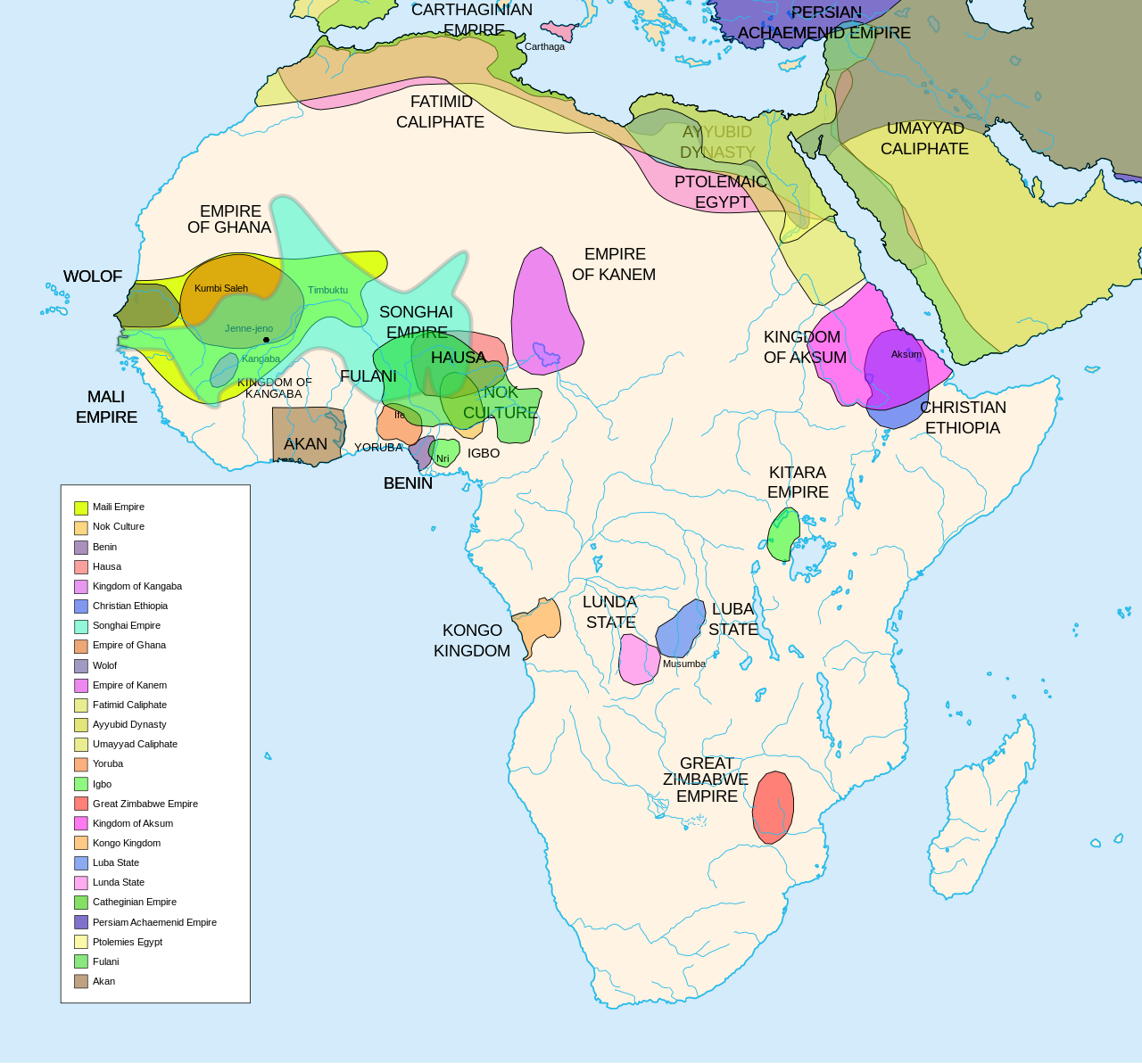
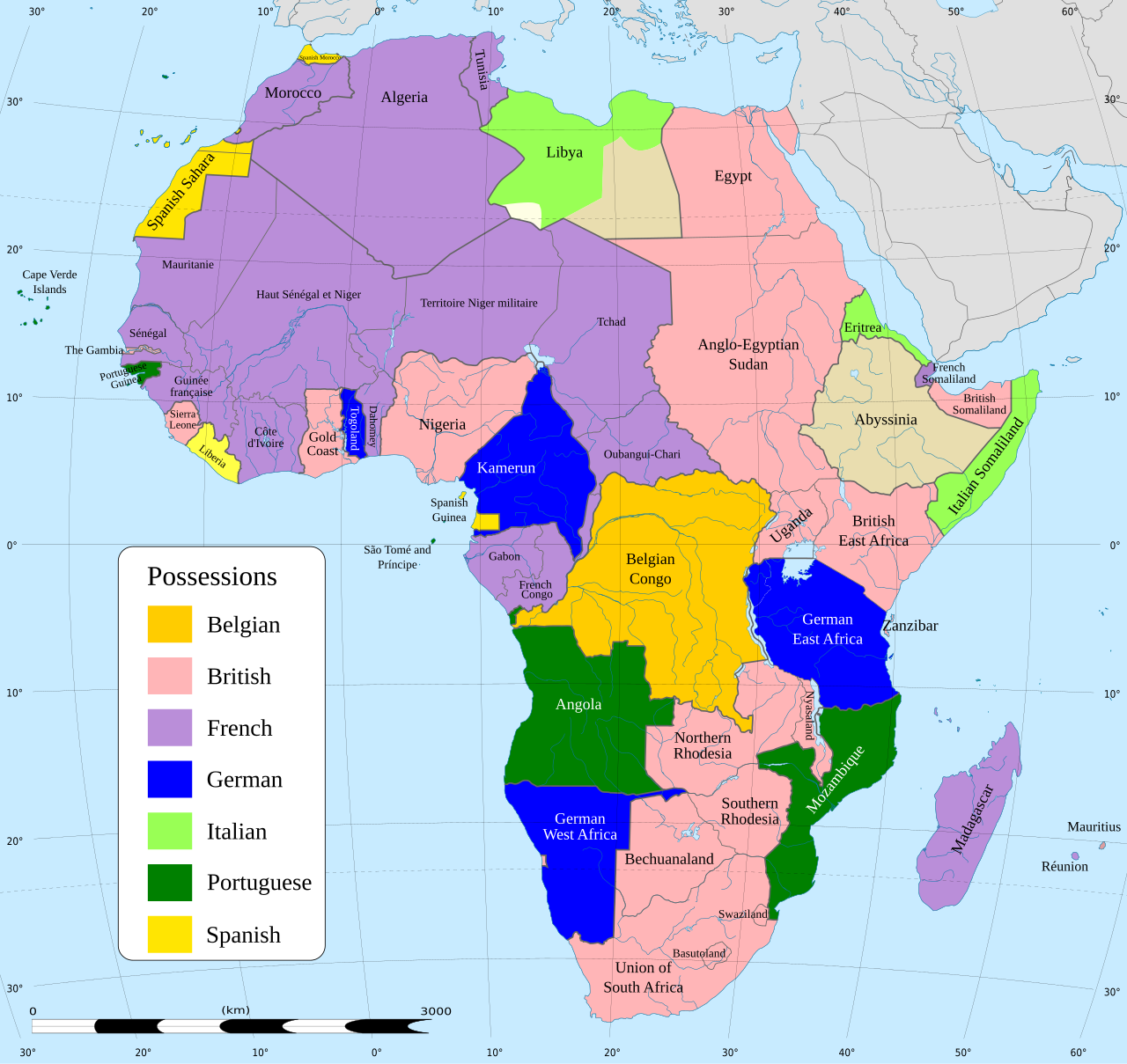

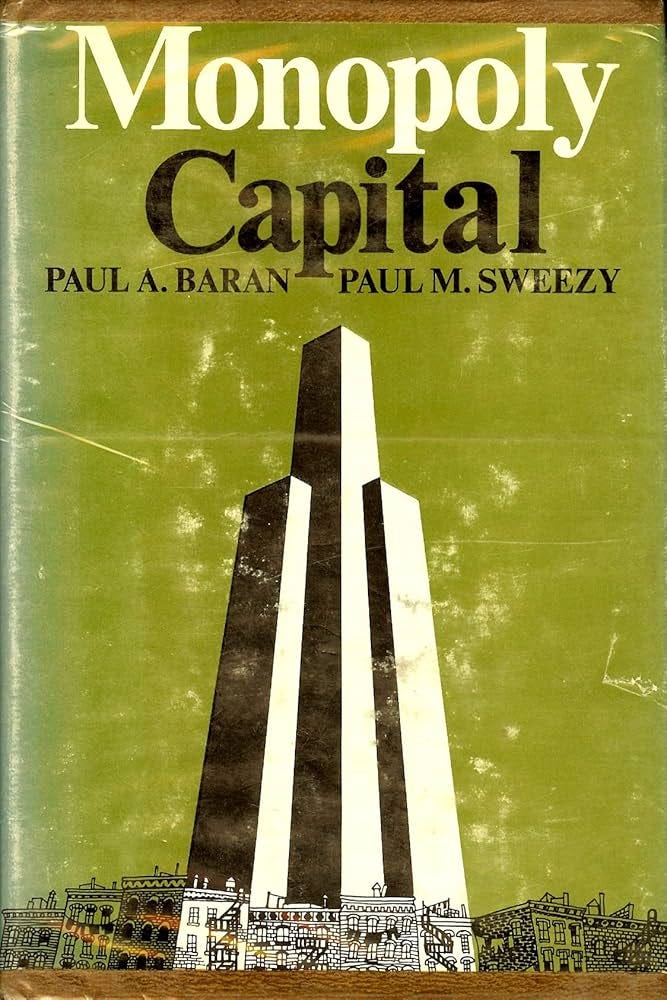
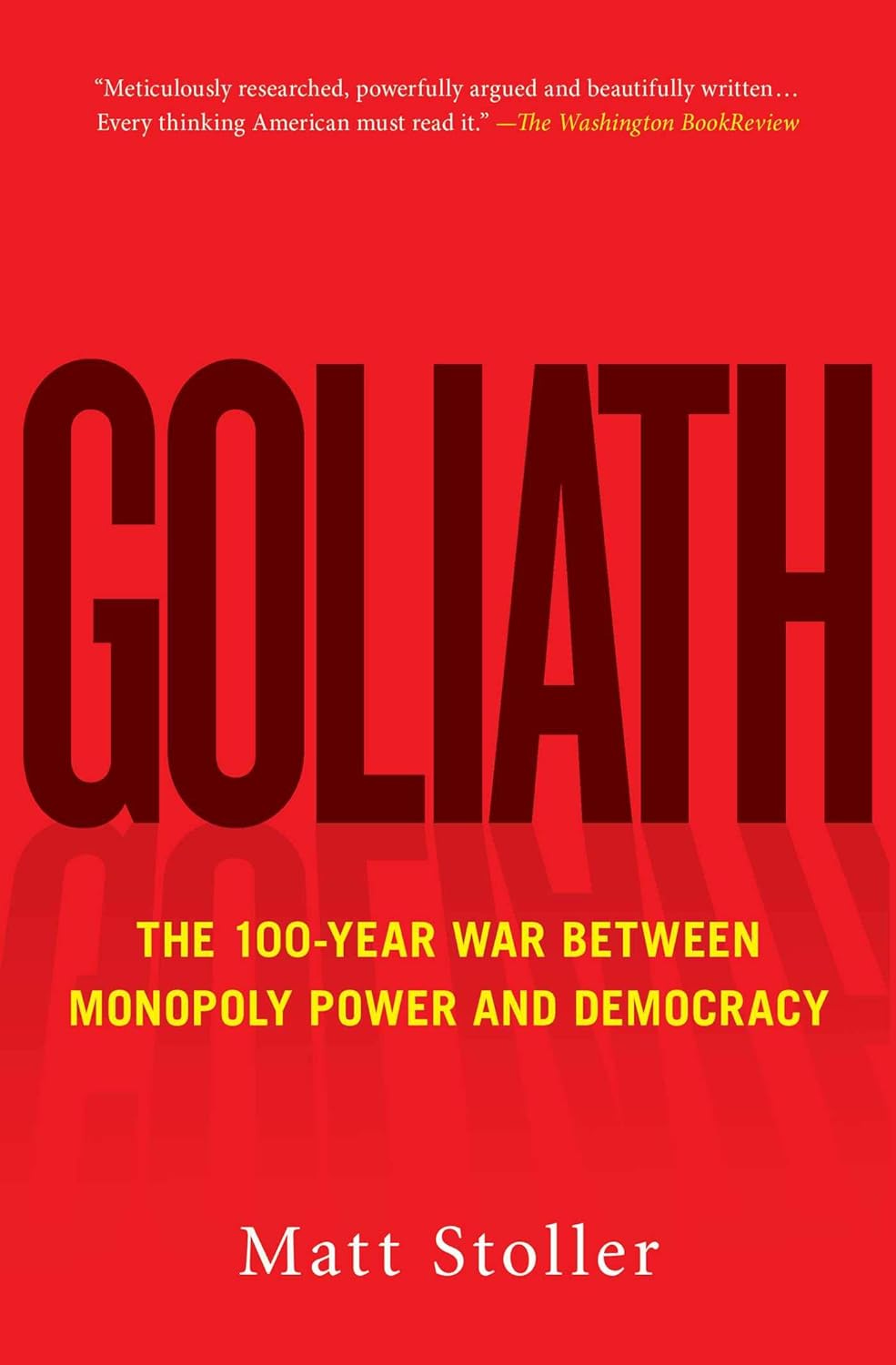
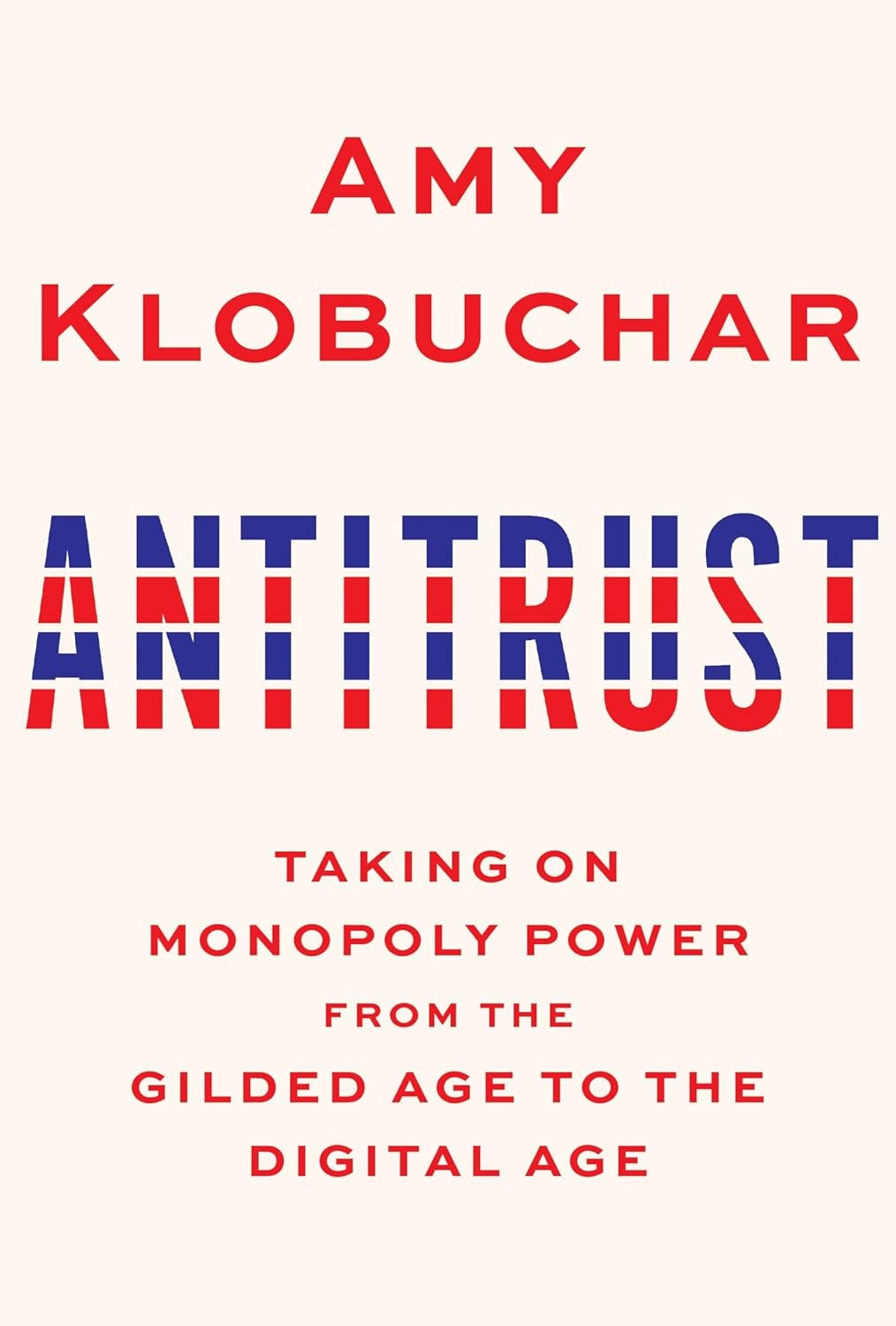
One reason this crisis is so long and deep is that the political right has always been reluctant to criticize monopoly capitalism because the monopolists are seen as the winners in the sacred game of commerce. And the left refuses to criticize Pharma monopolies in particular because they see science as sacred even when it is completely corrupt. So the great CJ Hopkins and I and a few other scholars are making the connection between monopoly capitalism and the iatrogenocide but I believe that the Resistance needs many more researchers working on this problem.
One of the most amazing "fails" of the covid era was watching Naomi Klein of ("Disaster Capitalism") fame - completely miss THE BIGGEST "disaster capitalism" event in human history - and watching her simply jump on board the crazy-train critiquing anyone who challenged the official narratives. One of the most amazing intellectual and ethical implosions I've ever witnessed in public life I must say.